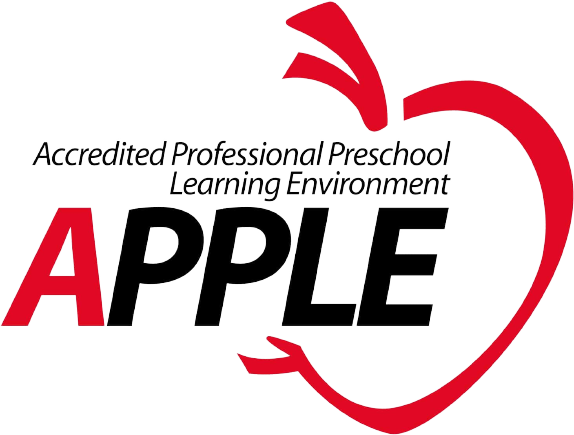Understanding the role of reflexes in infant development offers valuable insights into the remarkable journey of early childhood. As highlighted by Wittmer and Peterson (2018), reflexes serve as a crucial mechanism for ensuring the survival and well-being of infants. This understanding is further reinforced by the video “Childhood Motor Skills,” which vividly demonstrates how reflexes aid in the infant’s ability to navigate their environment and protect themselves.
One of the primary benefits of studying infant reflexes is recognizing their innate connection to cognitive development. In the video, the interaction between the caregiver and infant reveals how touch and contact elicit responses that contribute to survival. The rooting and sucking reflexes, for instance, enable the newborn to find and feed from the nipple, fulfilling their immediate nutritional needs (Wittmer & Peterson, 2008). The tongue-thrust reflex, on the other hand, protects infants from swallowing anything other than liquids, ensuring their safety during this vulnerable stage (Wittmer & Peterson, 2018).
The importance of reflexes in ensuring survival becomes even more evident when observing the Moro reflex in action. The video demonstrates how gently throwing the child activates this reflex, causing the infant to instinctively open their arms and arch their back, as if bracing against a fall. This reflex, along with postural reflexes, helps infants resist gravity, develop balance, posture, and eventually voluntary movement (Wittmer & Peterson, 2018). These skills lay the foundation for pre-locomotive and locomotive reflexes, enabling children to explore their environment, move, climb, walk, run, and protect themselves.
Recognizing and understanding the significance of infant reflexes provide valuable insights for parents, caregivers, and educators. By appreciating the role these reflexes play in survival and early development, we can create nurturing environments that support and encourage the natural progression of these reflexes. Furthermore, understanding the connection between movement and cognitive development allows us to design purposeful activities and experiences that stimulate and enhance the holistic growth of infants.
In conclusion, the benefits of comprehending infant reflexes extend beyond mere survival. They shed light on the intricate interplay between motor skills, cognitive development, and the child’s interaction with their surroundings. By recognizing the role of reflexes in infant development, we can optimize their early experiences, fostering a strong foundation for lifelong learning and growth.
References:
Wittmer, D. S., & Petersen, S. H. (2018). Infant and toddler development and responsive program planning: A relationship-based approach. NY, NY: Pearson.
Florida State University. (n.d.). Baby and Toddler Milestones: 16 Gestures by 16 Months. Reading Rockets.Org. Retrieved August 2, 2021, from https://www.readingrockets.org/article/baby-and-toddler-milestones-16-gestures-16-monthsGRCCtv. (2012, February 12). Childhood Motor Skills Full Version HQ [Video]. YouTube. https://www.youtube.com/watch?v=3BZe8s5bIqw&t=6s



